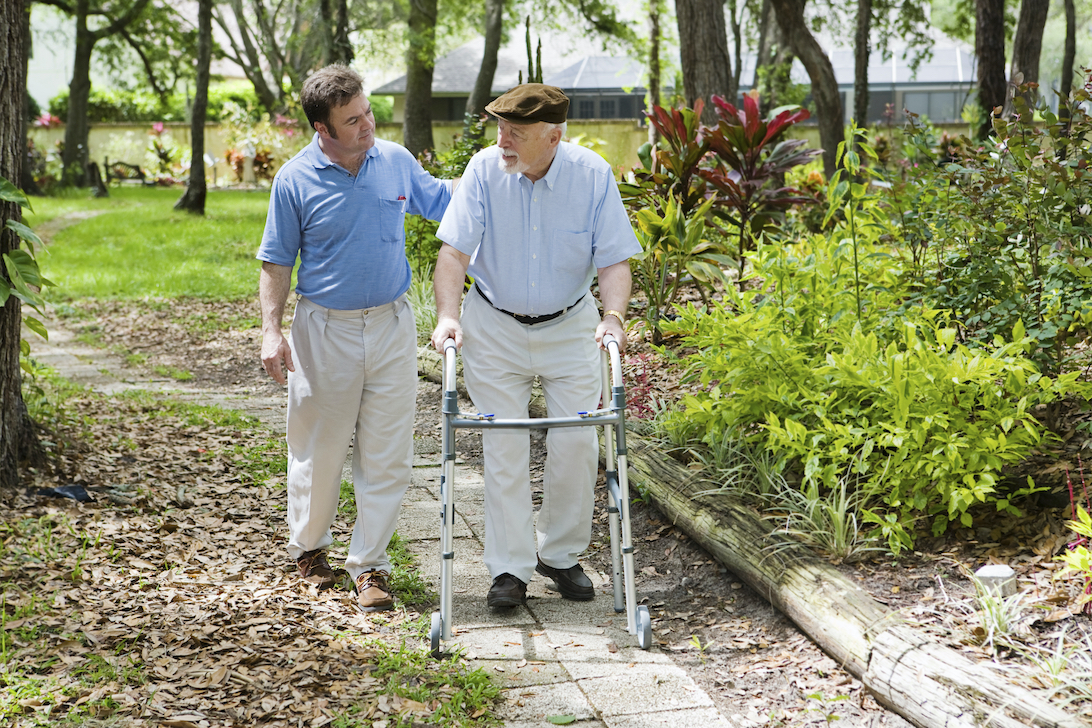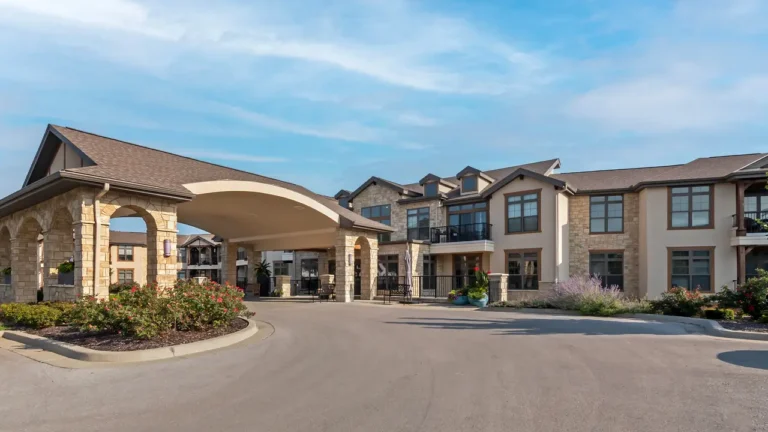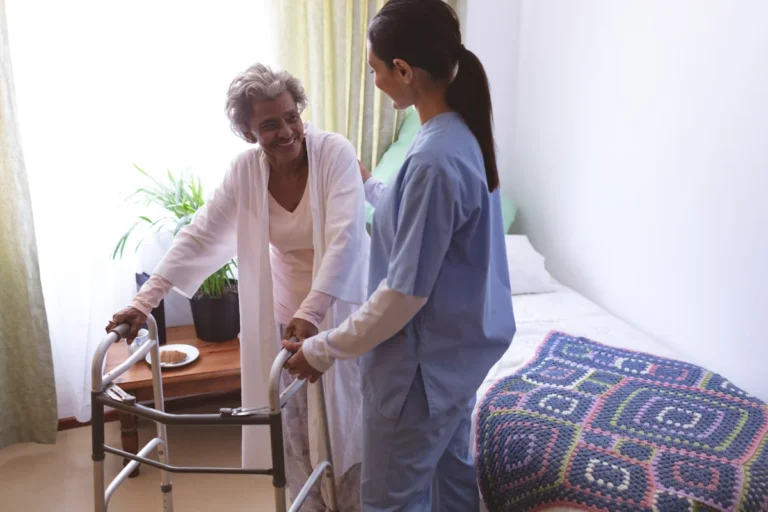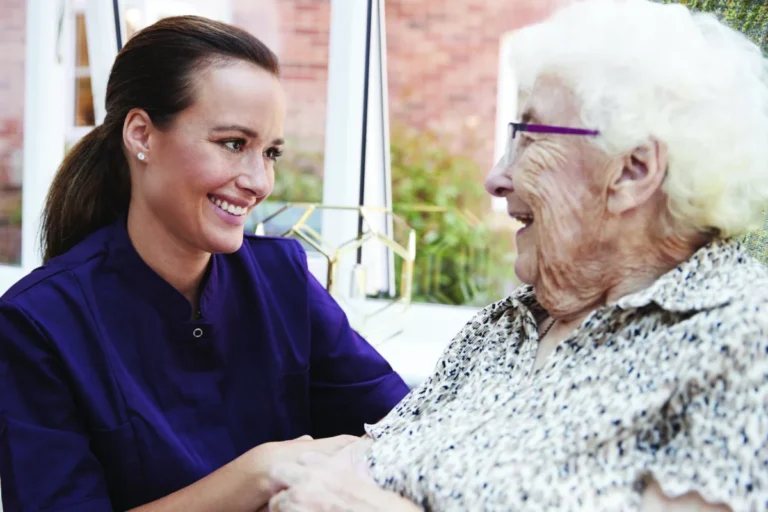Walking for seniors can greatly enhance cardiovascular health and overall well-being. By incorporating walking into daily routines, seniors can maintain mobility, strength and independence.
As seniors face mobility challenges, changes in interests and chronic health conditions, the daily activities that once kept them active may no longer be prioritized. Walking for seniors, however, is an excellent way to sustain an active lifestyle. It’s a low-impact exercise adaptable to individual fitness levels, making it both accessible and safe. Regular walking can improve cardiovascular health, boost mood, enhance balance and increase overall mobility.
To remain active during the golden years, it’s essential to understand the health benefits of regular exercise and make walking a part of the daily routine.
Walking exercises are among the best ways for seniors to stay active throughout the day. Walking benefits both the mind and body, but how can you start a walking program for seniors? And what are the most effective ways to establish a walking routine for seniors?
Benefits of Walking for Seniors
Walking for seniors is often named as the best, most accessible exercise to increase fitness and overall wellness. Walking for seniors is effective, and it can be done almost anywhere! Senior walking programs help to reduce the risk for many chronic conditions, improve overall health and are often an important part of rehabilitation for seniors overcoming a stroke, surgery or a serious illness.
Brisk walking is also considered to be a moderate-intensity, low-impact workout that does not put excess strain on joints like hips, knees and ankles, which are susceptible to injury with higher-impact workouts.
Additional benefits of walking for seniors include:
- Lowering blood sugar: A 15-minute walk after a meal can help reduce the spike in blood sugar that some seniors experience.
- Reducing pain: Walking can alleviate pain associated with conditions like arthritis or lower back pain.
- Improving heart health: Walking exercises for seniors can lower the risk of high cholesterol, high blood pressure and coronary artery disease.
- Supporting mental health: Daily walks can boost seniors’ positivity and overall mood, as exercise releases endorphins that reduce anxiety and enhance well-being.
- Social engagement: Interacting with friends, neighbors and peers during walks can improve mood and emotional well-being.
- Immune system health: Research indicates that senior citizens who walk daily are less likely to get sick compared to those who do not exercise.
- Low cost: Unlike gym memberships and exercise equipment, walking only requires a comfortable pair of shoes and a commitment, making it an affordable option.
Walking Tips for Seniors
For seniors, exercise is an important aspect of living a healthy lifestyle and maintaining independence. Here are some tips to help incorporate walking for seniors into the daily routine:
- Warm up: Begin with a five-minute, slow-paced walk. Start at a comfortable pace, gradually increasing speed until the pace becomes brisk. Slow down during the last five minutes to cool down.
- Start slowly: Begin with 10 minutes of walking per day for the first three weeks. Gradually increase walking time by five minutes each week until reaching 30 minutes per day, six days a week.
- Get creative: Mix up your routine by changing clothes, listening to music and finding the best walking shoes for seniors. Discover ways to make walking enjoyable!
- Schedule for success: If motivation is an issue, consider signing up for a class or joining a walking group for seniors. In a senior living community like Tutera Senior Living & Health Care, it’s easy to connect with neighbors and enjoy a walk on the grounds.
- Keep it social: Joining a walking group for seniors adds a fun social element, along with motivation and accountability. Senior living residents can invite family and friends to join them for a walk, followed by a meal prepared by on-site chefs.
- Celebrate accomplishments: Celebrate all the successes related to exercise. Walked two days in a row? Fantastic! Brought a friend on a walk? Great job! Recognizing achievements encourages seniors to pursue new goals.
Wherever you are in your journey to fitness, remember to incorporate walking into your daily routine. The benefits of walking for seniors are vast and all can contribute to a healthier, happier lifestyle for seniors.
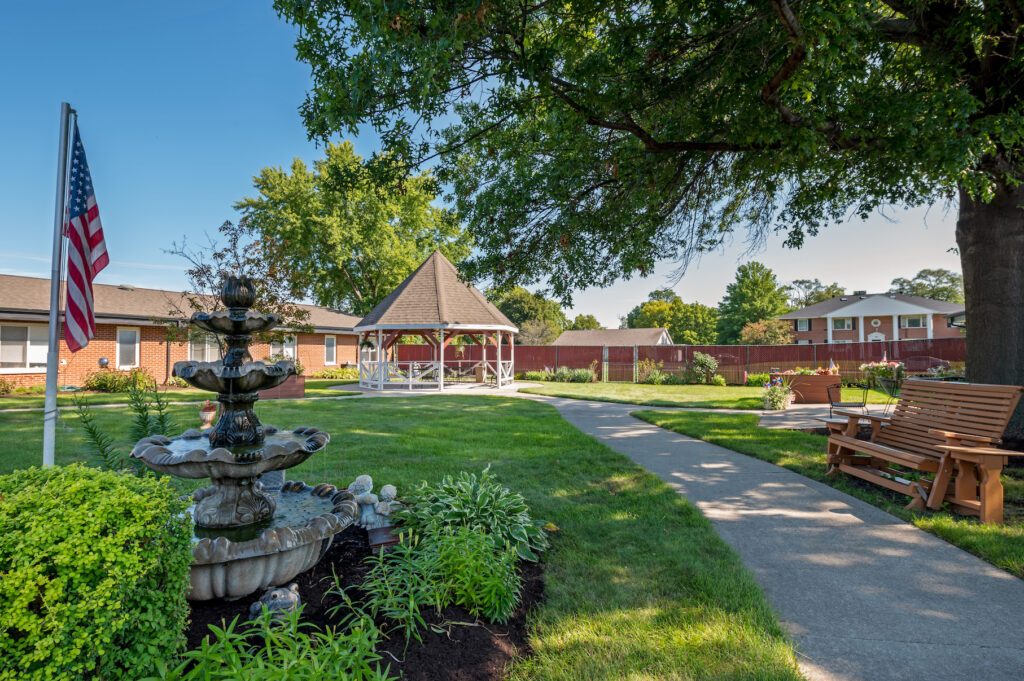
Tutera Senior Living & Health Care
At Tutera Senior Living & Health Care, we’re committed to providing seniors with quality care that supports their emotional, intellectual and physical well-being. Using individualized care plans, empowering wellness programming and clinical excellence, we’re able to restore the quality of life for many seniors. Interested in learning more about Tutera Senior Living? You can use our community finder tool to locate a community near you or call us today with any questions.

